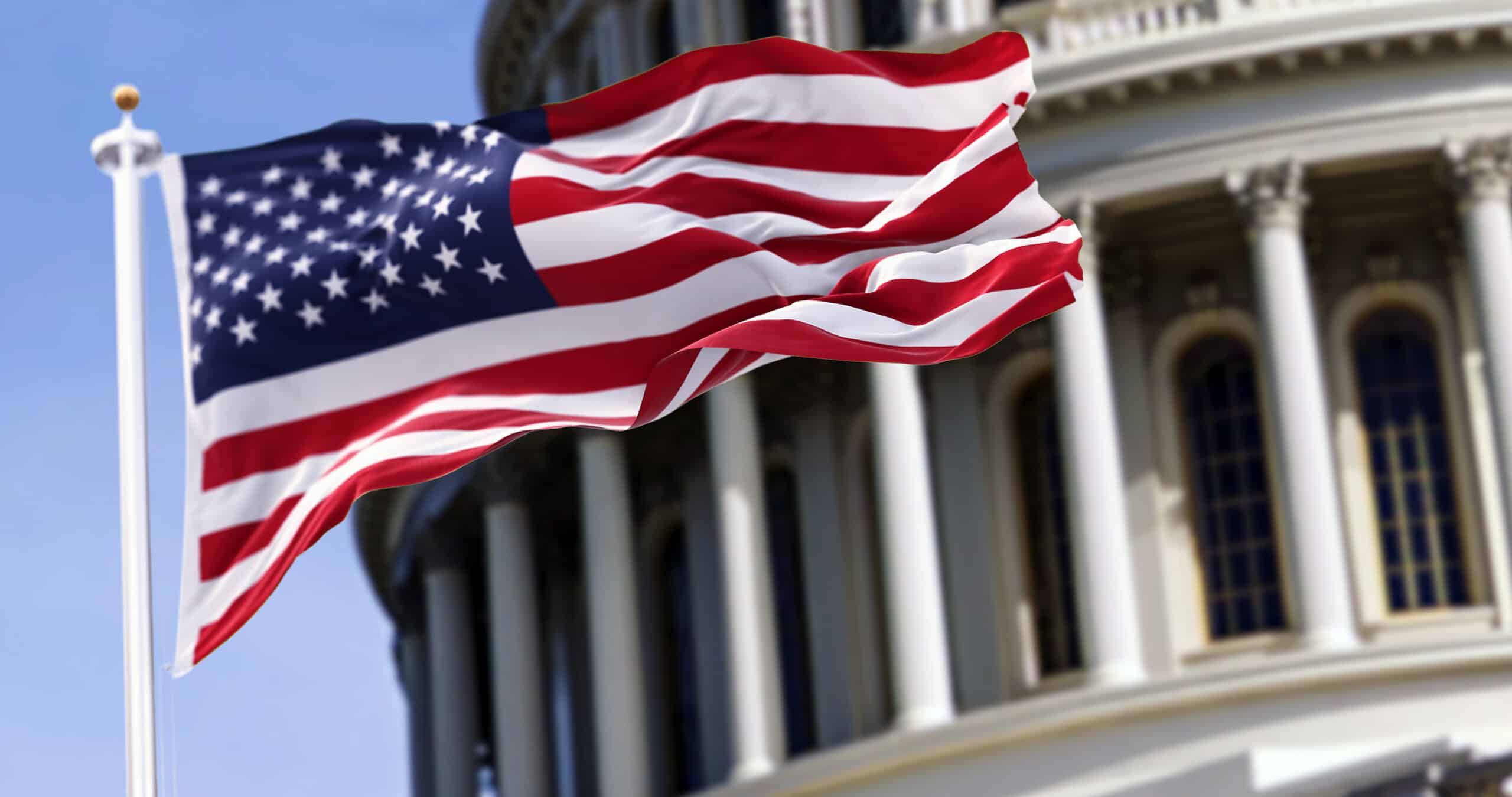Economic concerns & housing affordability are top issues for Montana voters
A new Emerson College Polling/The Hill poll of Montana voters finds 44% support incumbent Democratic Senator Jon Tester, and 42% support Republican Bridger Aerospace CEO Tim Sheehy. Fourteen percent are undecided. The last Emerson poll in October 2023 found Tester with 39%, Sheehy with 35%, and 21% undecided.
“Independent Montana voters break for Senator Tester by 10 points, 44% to 34%,” Spencer Kimball, Executive Director of Emerson College Polling, said. “Fourteen percent of 2024 Trump voters plan to split their ticket and vote for Tester, while 71% support Trump-endorsed Sheehy.”
President Joe Biden holds a 28% job approval and a 62% disapproval among Montana voters. Governor Greg Gianforte holds a 37% job approval, while 37% disapprove of the job he is doing. Forty-one percent of voters think Montana is on the wrong track, while 31% think the state is heading in the right direction.
- Sixty-one percent of Democrats think the state is on the wrong track, 22% think things are headed in the right direction. Forty-three percent of Republicans think things in Montana are going in the right direction, 31% think things are on the wrong track.
- Independents are more split: 38% think the state is on the wrong track, while 24% say things are headed in the right direction.
In a 2024 presidential election between President Joe Biden and former President Donald Trump, 56% support Trump, 35% Biden, and 9% are undecided.
“Trump’s support in this survey at 56% is reflective of his 2020 support of 56.9%, whereas Biden’s 35% is down from his 41% showing in 2020,” Kimball said. “The 21-point margin Trump leads by in Montana is more reflective of Trump’s 20-point win over Clinton in 2016.”
Biden’s age raises doubts for 68% of voters in supporting Biden in 2024, while it is not a serious consideration for 32%. Former President Donald Trump’s criminal indictments raise serious doubts for 50%, while 50% say it is not a serious consideration.
The economy (27%) and housing affordability (26%) are the top two issues Montana voters think are facing their state. Threats to democracy (11%), immigration (9%), healthcare (9%), crime (6%), education (5%), and abortion access (4%) follow.
- Housing affordability is the top concern among voters under 40, 32% of whom consider it the state’s top issue, while the economy is the top issue for voters over 40 at 28%.
Montana voters were asked a series of hypothetical candidate questions.
- A candidate they agree with on issues, but has said or done some off-the-wall things, or a candidate that they agree with less, but is a more conventional candidate.
- Sixty-four percent prefer a candidate they agree with on issues, while 36% prefer the candidate they agree with less but is more conventional.
- A candidate agrees with respondents on economic issues such as taxes and government spending, but they disagree on social issues such as abortion and gay marriage. For the second candidate, the reverse is true.
- Fifty-seven percent prefer a candidate they agree with on economic issues but disagree on social issues. Forty-three percent prefer a candidate they agree with on social issues, but disagree with on economic issues.
- A candidate who agrees with respondents on immigration policy, but disagrees on social issues, or a candidate who agrees with respondents on social issues, but disagrees on immigration policy.
- Fifty-five percent prefer a candidate who agrees with them on immigration and disagrees on social issues, while 45% prefer a candidate who agrees with them on social issues but disagrees on immigration policy.
Methodology
The Montana poll was conducted February 26 – March 2, 2024. The sample consisted of 1,000 registered voters, with a credibility interval, similar to a poll’s margin of error of +/- 3 percentage points. The data sets were weighted by gender, age, party, race, and education. Turnout modeling is based on US Census parameters, and Montana voter registration and voter turnout data by regions (MT SOS). Data was collected by contacting cell phones via MMS-to-web and emails provided by Aristotle, along with an online panel of voters provided by Alchemer.
It is important to remember that subsets based on demographics, such as gender, age, education, and race/ethnicity, carry with them higher credibility intervals, as the sample size is reduced. Survey results should be understood within the poll’s range of scores, and know with a confidence interval of 95% a poll will fall outside the range of scores 1 in 20 times.
This survey was conducted by Emerson College Polling, and the questions included in this release are all sponsored by Nexstar Media. All questions asked in this survey with exact wording, along with full results and cross tabulations can be found here.







